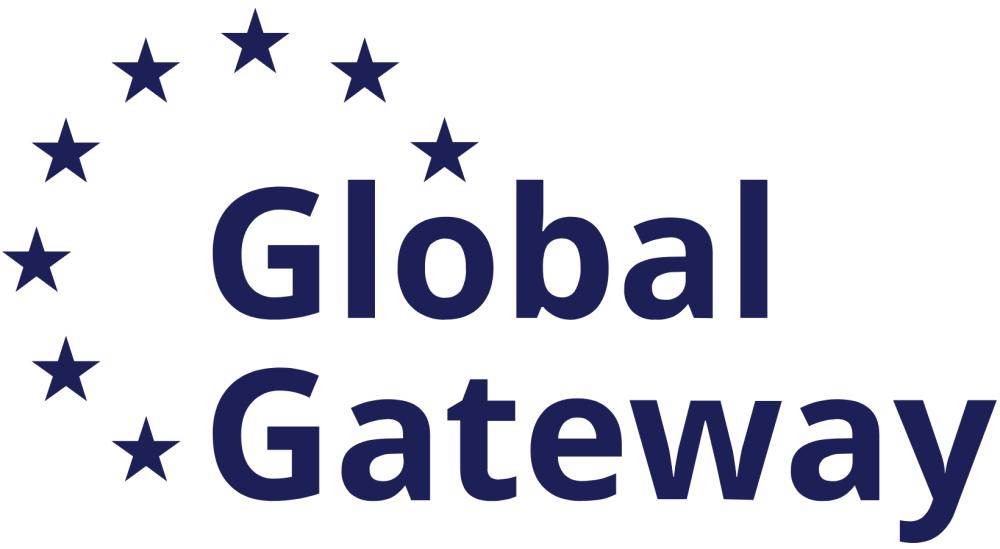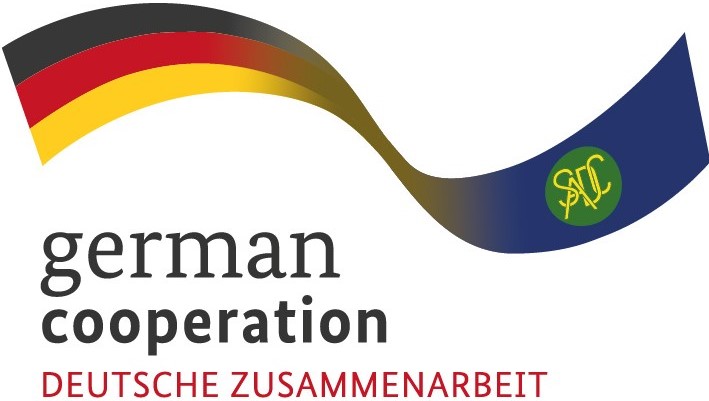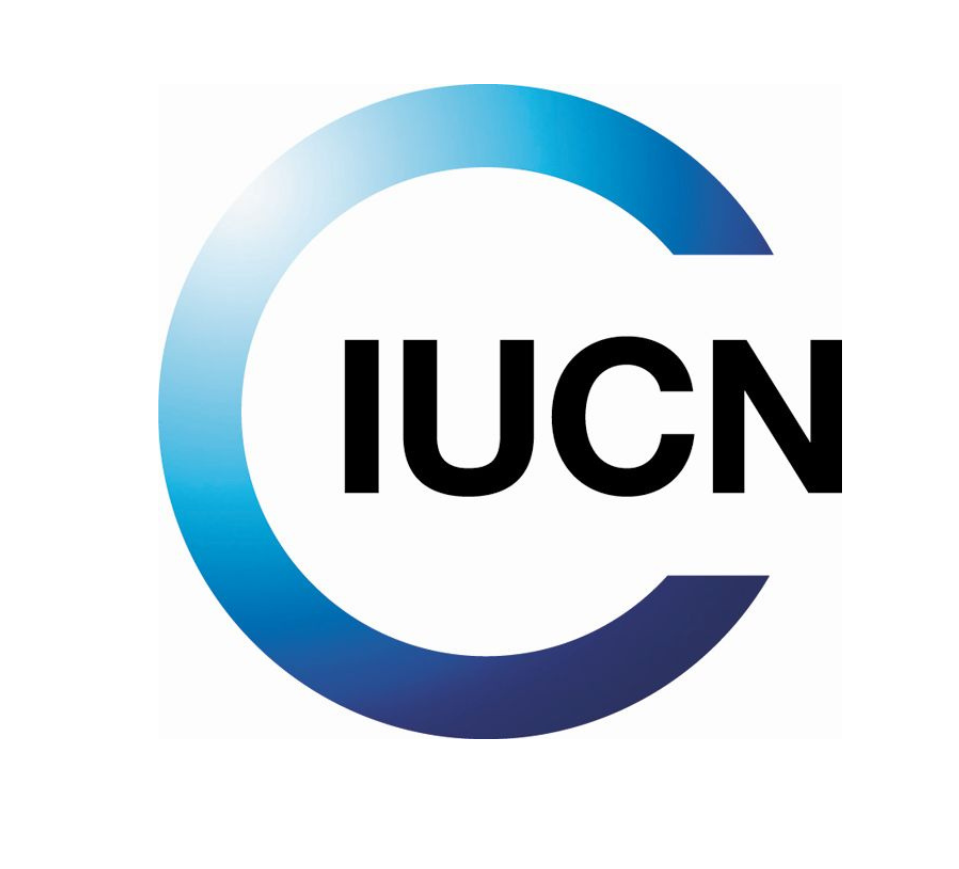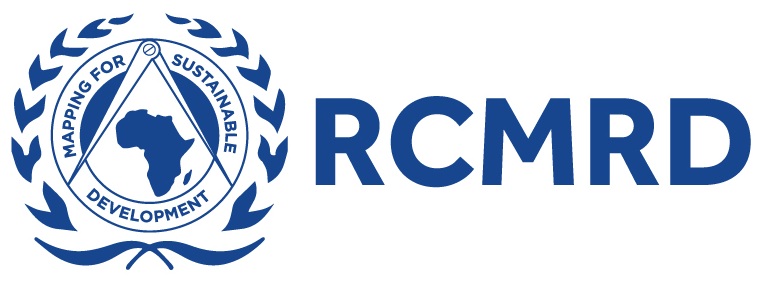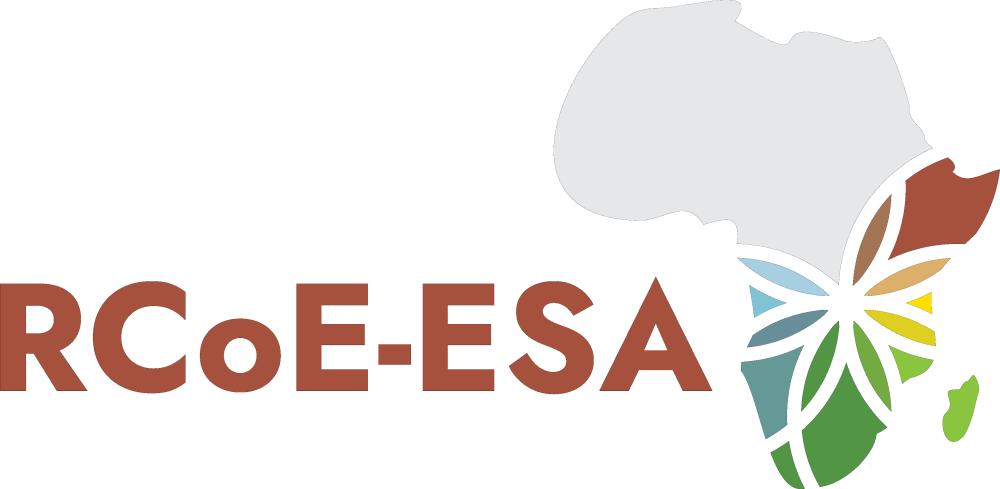 Translate
Translate
Resources
ECONOMIC IMPACTS OF TRANSFRONTIER CONSERVATION AREAS: BASELINE OF TOURISM IN THE KAVANGO–ZAMBEZI TFCA
| Author: | Helen Suich, Jonah Busch and Nathalie Barbancho |
| Language: | |
| Topic: | Tourism |
| Type: | Research |
| Last updated: | 15 May 2025 |
The Kavango–Zambezi Transfrontier Conservation Area (KAZA TFCA) is a multi-objective initiative involving parts of Angola, Botswana, Namibia, Zambia and Zimbabwe. The concept of a major tourism destination based on the extensive network of protected areas and wildlife populations has been discussed and developed over the last decade. Recently, the idea has been
revitalised by the ministers of those five countries, who seek to establish a world-class transfrontier conservation area and tourism destination in the Okavango and Zambezi river basin regions of those countries, within the context of sustainable development.
In recognition of the importance of tourism to the economic development objectives of TFCA implementation, this study was undertaken to determine the current size of the tourism industry within the KAZA TFCA, focussing on accommodation providers and tour operators. The survey was conducted in northern Botswana, Livingstone, parts of Victoria Falls1, along the Upper Zambezi and in Caprivi. Almost 60 per cent of accommodation establishments and almost 40 per cent of tour operators that were trading in 2004 were surveyed. The research focuses only on direct impacts only – that is, the economic activity generated by the activities of tourists. Indirect and induced effects are expected to be relatively small in the region, which is characterised by a relatively nondiverse economy.
A summary of strategies which could be adopted to assist the KAZA TFCA maximise the local economic benefits from tourism, based on the principles of sustainable tourism, is presented. Such strategies could include increasing local employment, improving the skills of local employees, increasing the number of local enterprise owners, improving the financial sustainability of local tourism enterprises and supporting joint venture partnerships between the private sector and rural
communities. Increasing local procurement, ensuring the equitable distribution of benefits, mitigating the costs facing rural communities living with wildlife and ensuring the provision of appropriate infrastructure and services will also be important components of a benefit maximising strategy. A number of challenges facing policy makers have also been identified – including those relating to policy harmonisation, ensuring the meaningful participation of rural communities in planning and decision making processes, and ensuring that some of the financial resources generated by tourism contribute to the costs of managing the wildlife populations and protected areas that are essential to the sustainability of the tourism industry in the KAZA TFCA.



